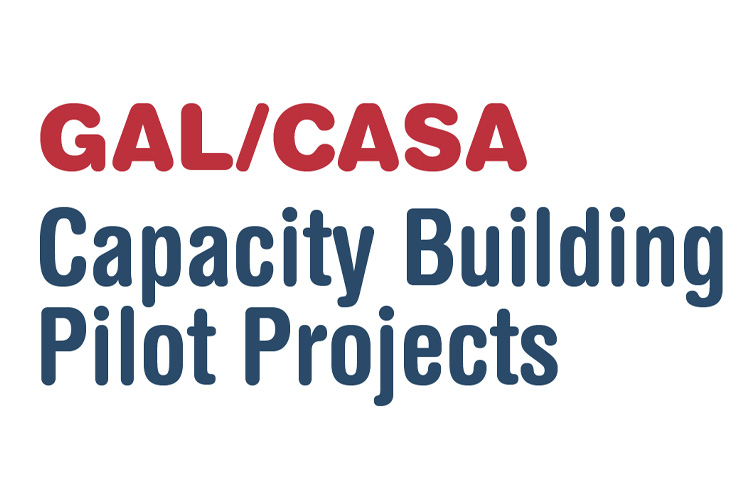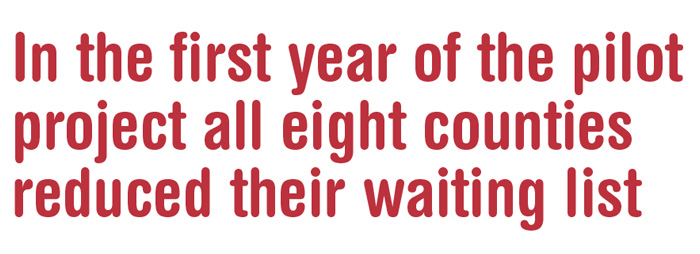By Leslie Dunn, State Director of GAL/CASA | Office of Court Services

In January 2018, the State Office of GAL/CASA began capacity building pilot projects in eight counties that had children on a waiting list for a GAL/CASA. The initial pilot counties were Clark, Delaware, Elkhart, Hendricks, Henry, Monroe, Tippecanoe, and Wayne. The goal of the pilots was to serve more children and reduce the waiting list for a child advocate.
The counties were given enough money to fund a position to complete a Triage Tool assessment and implement the pilot. Each pilot developed an Intervention Plan outlining how they would use the results of the assessment to increase their capacity and the number of children served. The juvenile judge and the Department of Child Services provided input on the Intervention Plans.
Triage tool
The Triage Tool is used to score the number of risks that a child and family have at the beginning of a case and at subsequent times in the case. The Triage Tool assesses 31 different factors, such as: the age of the child; the family’s DCS history; the child’s physical, mental health, and educational needs; whether it is a dual status case (involving current or former delinquency proceedings); and the parents’ mental health and substance abuse issues.
Every factor is based on research that has identified it as being a significant risk to the safety, permanency, and well-being of a child. The more risks present in the case, the higher the overall score. Each case is then rated as high, medium, or low risk.
Evolving the model
The implementation of the pilots changes the way the GAL/CASA program serves children to ensure that families with a high number of risk factors are assigned a volunteer who can spend the time needed on these more complex cases. Cases with a medium or low number of risk factors are served differently depending on the Intervention Plan created by the pilot county.
- Changes to the traditional CASA model may include:
- staff attending court hearings instead of the volunteer
- utilization of a shortened court report form
- staff serving as the contact with DCS, parents, schools, and service providers
- utilizing a staff member as a GAL
- allowing volunteers to have more cases if there are fewer risk factors involved
Several of the pilots successfully recruited a special corps of volunteers whose only responsibilities are to visit children and get information on how they are doing in school. A GAL/CASA staff member communicates as needed with DCS and other stakeholders, obtains records, and completes the court report in conjunction with the volunteer. The staff person covers the court hearing on these cases so the volunteer can focus their time on the children. This more limited volunteer opportunity focusing on interactions with the children and their school is very attractive to volunteers who are employed full-time or who have other obligations that interfere with their ability to attend court hearings.

Outcomes
The capacity building pilot projects have been very successful. The pilot counties completed 2,080 assessments from their inception through the end of the state fiscal year on June 30, 2019.
In the first year of the pilot project all eight counties reduced their waiting list. Clark, Elkhart, Hendricks, and Monroe counties eliminated their waiting list completely. The remaining pilots made significant strides in reducing their waiting list and in serving a higher percentage of the children. There was a 59% overall reduction in the waiting list in pilot project counties.
f the cases assessed by the eight pilot counties, 76% involved substance abuse and 57% had a prior DCS Child in Need of Services or Informal Adjustment case with the family. After the first year of the pilots, all of the participating counties met, shared information, and made some changes to the Triage Tool based on their collective experiences.
In 2019, five counties were added to the successful pilot project: Floyd, Madison, Scott, St. Joseph, and Vigo. The State Office plans to make the Triage Tool assessment available to other counties in the near future.